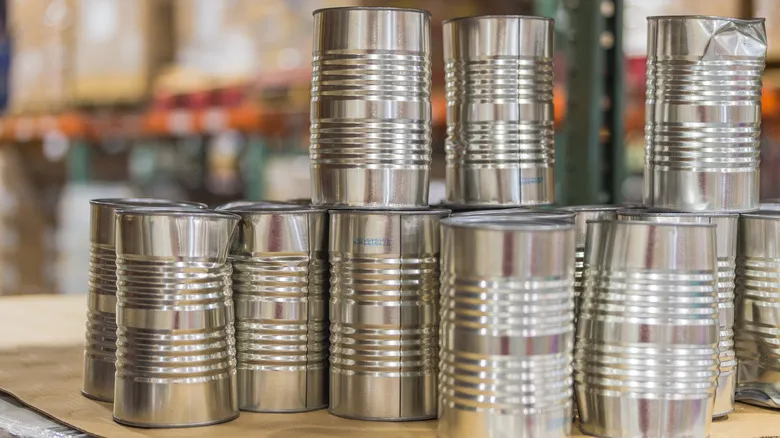How to reheat beef stew for best results

Beef stew actually freezes quite well because the broth or sauce surrounds the pieces of meat and vegetables, which helps to prevent freezer burn. However, when it's time to revive your beef stew, there are some pitfalls to avoid and best practices to keep in mind.
To reheat frozen beef stew effectively, it's best to follow a two-step process, starting with defrosting. Take a portion of the beef stew out of the freezer and let it thaw in the refrigerator overnight or use the microwave's defrost setting (this is where using a microwave-safe container is beneficial). Once it's fully thawed, you can reheat the stew in a cast iron Dutch oven over low heat on the stove. Stir the stew to break up any remaining frozen chunks, and if necessary, add a little beef stock or water to help re-emulsify the mixture.
Recommended

How To Get Rid Of Freezer Burn On Your Ice Cream

Should You Store Avocados At Room Temperature Or In The Fridge?

Is It Safe To Eat Dented Canned Food?

The Tell-Tale Sign Your Pint Of Ice Cream Melted And Refroze (And Why It Matters)
Next up

